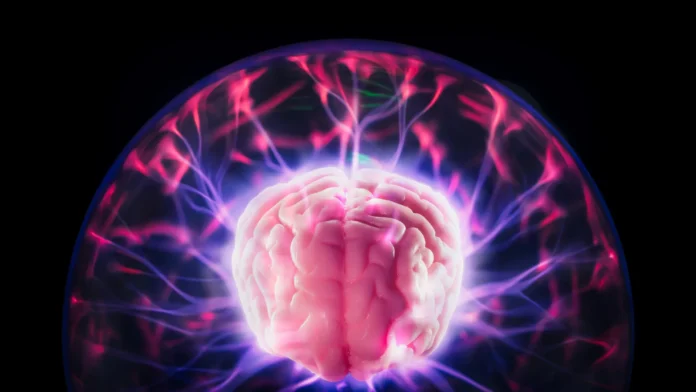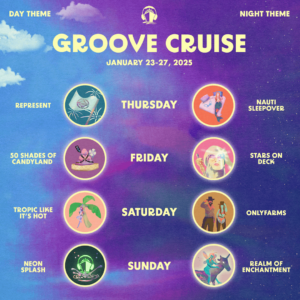
DMT Could Be a Breakthrough Stroke Treatment
A groundbreaking study from researchers in Hungary has thrust the psychedelic compound DMT (N,N-dimethyltryptamine) into the medical spotlight, revealing its powerful potential to mitigate stroke damage and dramatically aid in brain recovery. This finding suggests that a DMT-based therapy could become a critical adjuvant treatment for stroke victims, a field severely constrained by time-sensitive and often insufficient therapeutic options.
The Critical Need for New Stroke Treatments
Stroke remains a devastating global health issue, responsible for millions of deaths and disabilities annually. Current medical interventions, primarily focused on breaking up blood clots (like tPA or mechanical thrombectomy), are only effective for a small percentage of patients and must be administered within a very narrow window after the onset of symptoms.
Beyond that acute period, treatment options are limited, often resulting in permanent neurological deficits. This is because a stroke triggers a cascading wave of destruction, including the breakdown of the blood-brain barrier (BBB) and a surge of uncontrolled neuroinflammation—that continues to kill brain cells for days or weeks.
The Dual-Action Mechanism of DMT
The research, published in the esteemed journal Science Advances, and conducted by teams at the HUN-REN BRC Institute of Biophysics and Semmelweis University Heart and Vascular Centre, sheds light on DMT’s unique ability to interrupt this destructive process. Unlike existing treatments, DMT works on a cellular level to provide a dual protective effect:
- Blood-Brain Barrier (BBB) Stabilization: The team found that DMT treatment effectively restored the integrity and function of the damaged BBB. By reinforcing this critical layer, the compound helps control the influx of harmful substances and inflammatory cells into the sensitive brain tissue.
- Reduction of Neuroinflammation: The compound significantly reduced the size of the infarct volume (the area of dead tissue) and decreased brain swelling (edema). This protective effect is mediated through its interaction with the Sigma-1 receptor, which helps limit the activation of microglia (the brain’s immune cells) and suppresses the production of inflammatory cytokines.
Co-first author Judit Vigh highlighted the importance of this complex approach
Advancing Psychedelic Medicine
These findings solidify the growing body of evidence supporting the use of psychedelics as neuroprotective agents. The excitement is rooted in the belief that DMT can also stimulate neuroplasticity—the brain’s ability to rewire and repair itself. This potential for long-term functional recovery is what could truly revolutionize post-stroke rehabilitation.
The future of this therapy is already in motion. Companies like Algernon NeuroScience are pioneering the clinical development of this compound, with a Phase 2a clinical study planned to investigate the effects of intravenous, sub-hallucinogenic doses of DMT in acute ischemic stroke patients. The focus is on providing the therapeutic benefits of the compound while avoiding the profound psychoactive experience.
While there is still a long path to regulatory approval and everyday clinical use, this research from Hungary offers a powerful indication that one of the world’s most potent psychedelics could soon become a mainstream neurological lifeline.



